Orthodontic Appliances – Derry, NH
Personalized Oral Appliances to Help You Smile
Although braces and Invisalign are what immediately come to mind when you think of orthodontic care, there are so many more treatments to consider, especially for children. Our orthodontists are happy to offer many different services. All of them have their own unique functions for handling your orthodontic concerns. If you are unsure of which treatment would be best for you or your child’s needs, please feel free to give Simply Orthodontics Derry a call to discuss treatment with orthodontic appliances from our Derry, NH orthodontist!
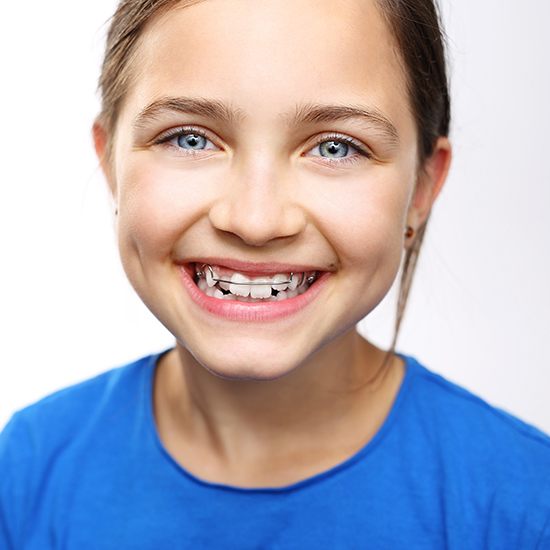
Does My Child Need an Orthodontic Appliance?
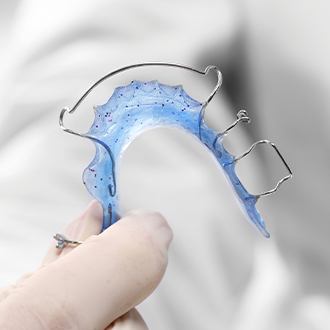
To treat development issues, we utilize many kinds of treatment. Whether before or after braces, your child may benefit greatly from an orthodontic appliance, which can shorten the amount of time they need to wear braces. Each appliance plays an important role in giving your child confidence to smile.
Retainer
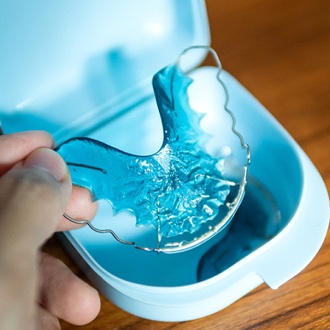
Once traditional metal braces come off, a retainer is essential for maintaining the results achieved. It ensures that teeth don’t drift from their new positions and regress. After all, you’ve invested in your child’s smile, and you don’t want to have to treat them again because of a relapse. A fixed or removeable retainer stops this from happening.
Space Maintainer
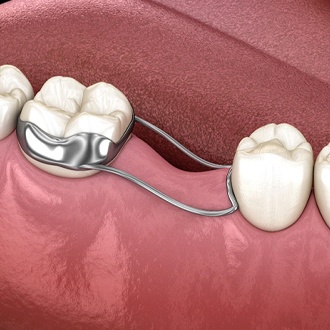
Even before all permanent teeth have erupted, we can begin orthodontic treatment. A space maintainer, which can be removeable or fixed, keeps room open for permanent teeth to come in so that there are fewer issues in the future, meaning your child can wears braces for less time.
Herbst Appliance
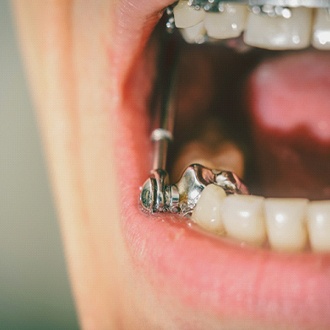
While their jaw bones to develop, younger patients can utilize the Herbst appliance, which is used to correct an overbite. It simultaneously moves the lower jaw forward and the upper molars backward for healthier bite alignment.
Twin Block Appliance

This treatment has two appliances, one for the upper teeth and one for the lower. When your child bites, these appliances retrain the jaw muscles to position the lower jaw forward. Although they are removeable, they should be worn all the time, even while eating. The only exception is when the appliances are being cleaned.
Palatal Expander
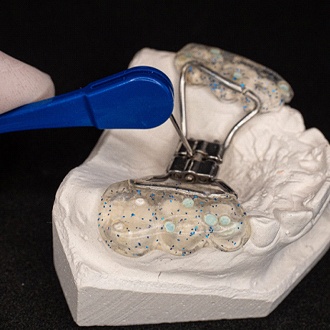
Some children have a narrow or small palate, making it difficult to realign the teeth. We can use a palatal expander, which puts pressure on both sides of the arch on the back molars. This appliance adds width and more room for the teeth to be properly aligned.
Spacer or Separators
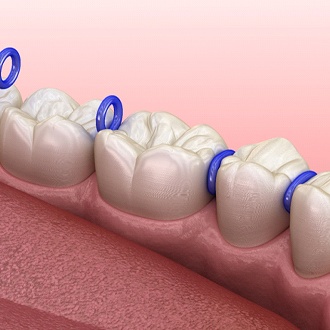
Several orthodontic appliances require some extra room around teeth, namely the back molars. To give us this tiny bit of extra space between teeth, we insert tiny rubber donuts, called spacers or separators, between the molars, allowing us to place an appliance more comfortably and without damaging your child’s teeth.
Carriere Appliance
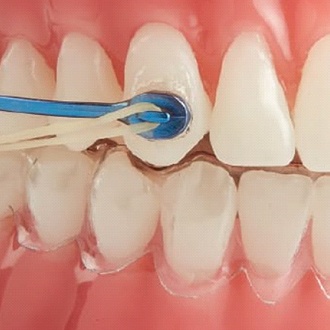
In the past, making changes to the alignment of back teeth required wearing bulky headgear. However, the Carriere appliance is much more subtle and allows us to realign and preserve back teeth, even if they’ve erupted incorrectly. As a result, this appliance also helps patients feel less self-conscious.
Tongue Crib
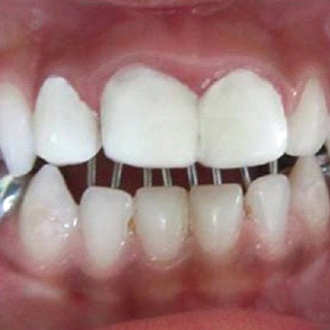
Although we also recommend other methods of deterring thumb or finger sucking, a tongue crib is an option to help your child stop this bad habit. The metal appliance attaches to the roof of the mouth and prevents their ability to achieve suction. This appliance also encourages your child to position their tongue on the floor of their mouth, instead of thrusting it toward upward. This retraining can help with their long-term oral development.
Bionator

A bionator can only be used during a limited period on children who have not yet reached skeletal maturity. It works to promote lower jaw bone growth as another option to correct an overbite. Other than for eating and cleaning, this appliance must be worn full-time.
Bite Plate
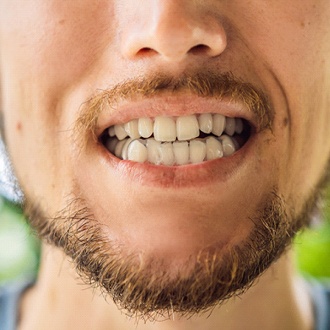
Typically, a bite plate is used toward the beginning of treatment to address the upper front teeth drastically covering the bottom front teeth. Often, this appliance prevents the back teeth to touch, so the front teeth need to perform most of the chewing. Also, keep in mind that it’s normal to have difficulty with speech for a while with this appliance.
